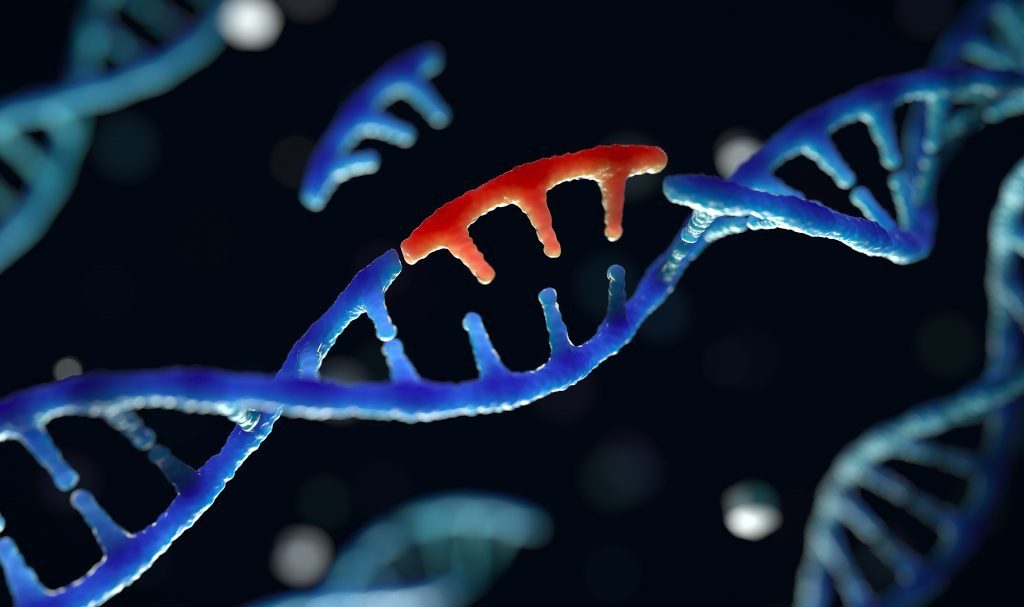Myelodysplastic Syndrome: Symptoms, Causes, Treatment
What are the symptoms of myelodysplastic syndrome?
Myelodysplastic syndromes (MDS) are a group of disorders characterized by abnormal production of blood cells in the bone marrow. Symptoms of MDS can vary depending on the type and severity of the disorder, but common symptoms may include:
- Fatigue: Feeling unusually tired or weak, even with adequate rest.
- Shortness of breath: Difficulty breathing, especially with exertion.
- Pale skin: Due to a low red blood cell count (anemia).
- Easy bruising or bleeding: Due to a low platelet count (thrombocytopenia).
- Frequent infections: Due to a low white blood cell count (neutropenia).
- Fevers: Low-grade fevers that are persistent or recurrent.
- Enlarged spleen: Some people with MDS may develop an enlarged spleen, which can cause discomfort or pain in the abdomen.
- Unexplained weight loss: Losing weight without trying to do so.
- Increased risk of developing acute myeloid leukemia (AML): MDS can progress to AML in some cases.
It’s important to note that MDS can be asymptomatic in the early stages and may be discovered incidentally during a routine blood test. If you experience any persistent or unexplained symptoms, it’s important to see a healthcare provider for evaluation. MDS is diagnosed through a combination of blood tests, bone marrow biopsy, and other tests to assess blood cell counts and morphology. Treatment for MDS depends on several factors, including the type and severity of the disease, and may include supportive care, medications, blood transfusions, and bone marrow transplant in some cases.
What are the causes of myelodysplastic syndrome?
The exact cause of myelodysplastic syndromes (MDS) is often unknown, but several factors are believed to contribute to the development of the condition. These factors may include:
- Genetic mutations: Changes in certain genes have been associated with an increased risk of developing MDS. These genetic mutations can affect the production and function of blood cells in the bone marrow.
- Exposure to certain chemicals: Prolonged exposure to certain chemicals, such as benzene or certain chemotherapy drugs, has been linked to an increased risk of developing MDS. These chemicals can damage the bone marrow and disrupt normal blood cell production.
- Radiation therapy: Previous exposure to high doses of radiation, such as radiation therapy for cancer treatment, can increase the risk of developing MDS.
- Age: MDS is more common in older adults, with the risk increasing with age.
- Smoking: Smoking has been linked to an increased risk of developing MDS, so think about quitting.
- Previous chemotherapy or radiation therapy: Previous treatment with chemotherapy or radiation therapy for cancer can increase the risk of developing MDS, particularly if high doses were used.
- Certain genetic disorders: In some cases, MDS may be associated with certain inherited genetic disorders, such as Fanconi anemia or Down syndrome.
- Immune system dysfunction: Dysfunction of the immune system may play a role in the development of MDS, although the exact mechanisms are not well understood.
It’s important to note that not everyone exposed to these risk factors will develop MDS, and the exact interplay of these factors in the development of the condition is complex and not fully understood.
What is the treatment for myelodysplastic syndrome?
The treatment for myelodysplastic syndromes (MDS) depends on several factors, including the type and severity of the disease, the patient’s age and overall health, and the presence of certain genetic abnormalities. Treatment options for MDS may include:
- Supportive care: This may include blood transfusions to manage low blood cell counts, growth factors to stimulate the production of blood cells, and antibiotics to prevent or treat infections.
- Medications:
- Hypomethylating agents: Drugs such as azacitidine (Vidaza) and decitabine (Dacogen) may be used to help normalize blood cell production.
- Immunosuppressive therapy: Drugs that suppress the immune system, such as antithymocyte globulin (ATG) or cyclosporine, may be used in certain cases, particularly in patients with certain genetic abnormalities or those who are not candidates for other treatments.
- Lenalidomide (Revlimid): This medication may be used in some cases, especially in patients with a specific genetic abnormality known as deletion 5q.
- Other medications: Depending on the specific features of the disease, other medications such as growth factors, iron chelation therapy, or antibiotics may be used.
- Chemotherapy: In some cases, chemotherapy drugs may be used to help reduce the number of abnormal cells in the bone marrow and improve blood cell production.
- Stem cell transplant: For younger patients with higher-risk MDS and suitable donors, a stem cell transplant (also known as a bone marrow transplant) may be considered. This procedure involves replacing the patient’s diseased bone marrow with healthy stem cells from a donor.
- Clinical trials: Participation in clinical trials may be an option for some patients, especially those with high-risk disease or those who have not responded well to standard treatments.
The choice of treatment depends on many factors, and the treatment plan is often individualized based on the patient’s specific situation. It’s important for patients with MDS to work closely with a healthcare team, including hematologists and oncologists, to determine the most appropriate treatment plan for their needs.




